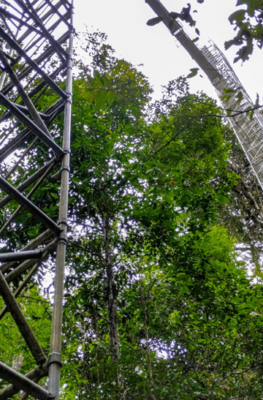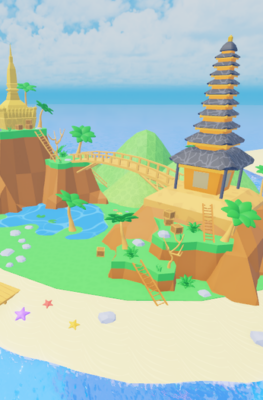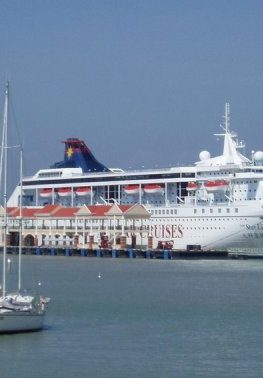Published on October 7, 2019
Greetings from Southeast Asia! As you prepare your next trip to explore some of our nations’ vibrant cultures, we’d like to welcome you to learn more about the heritage of beautiful Brunei and Cambodia.
Brunei
Immerse yourself in the Abode of Peace, a small Muslim-nation offering a plethora of cultural wonders. During your visit to Brunei, we highly recommend exploring the two historic national mosques and discover the history behind the Royal heritage.
National Mosques
All are welcomed to explore and understand the Islamic values that form the foundation of Brunei’s culture and civilization. With a rich Muslim heritage, Brunei has created some of the world’s most breathtaking mosques, garnished with remarkable stained-glass windows, gilded domes, and fragrant gardens. For travelers wondering where to start, be sure to plan guided visits of the two national mosques, and check the opening hours as some days may be closed to the public.
Omar Ali Saifuddin Mosque
Often considered one of the most beautiful mosques in Southeast Asia, the Omar Ali Saifuddin Mosque was built in 1958 and named after the 28th Sultan of Brunei. Surrounded by lush, manicured gardens and floating amidst its lagoon, this architectural beauty brings together the world’s best materials to create a renowned place of worship in Brunei’s capital city. A brilliant 3.5-million-piece stained glass window is complemented by Italian marble floors, British chandeliers, Chinese granite walls, and Saudi Arabian carpets.

Jame Asr’ Hassanil Mosque
Opened in 1992 in honor of the current Sultan’s 25th year in power, the Jame Asr’ Hassanil Mosque is one of the capital city’s most eye-catching sites. Known for its grand scale, 29 gold-domed minarets, and lavish detailing, this mosque is the nation’s largest and can be seen from downtown. At night, the light-up mosque glistens in the moonlight making for a remarkable site. We nonetheless encourage travelers to visit during the day time for a chance to stroll through its serene gardens and fountains before entering this elegant mosque.

Royal History
The Royal Regalia Museum
Nestled in the heart of Bandar Seri Begawan, the Royal Regalia Museum is the nation’s most extensive public collection of artifacts devoted to the life of His Majesty the Sultan. It’s an excellent museum to help contextualize the Royal family of Brunei before you continue to explore the rest of the nation’s landmarks. Stroll past jewel-encrusted crowns, gilded horse-drawn carriages, splendid gowns, historic photographs, and life-sized replicas of regalia from the Sultan’s coronation. The museum beautifully illustrates the upbringing, education, marriage, coronation, diplomacy, and rule of the current Bruneian head of state.

Istana Nurul Iman
As the official residence of the Sultan of Brunei, the Istana Nurul Iman is located on a charming, sprawl of hills outside of the capital city. With over 1,000 rooms, it is several times larger than the Buckingham Palace and the Palace of Versailles. With its golden domes, vaulted roof, and riverside setting, the palace is a spectacular subject for photography. The public is unable to enter this grandiose historic building, but they can find breathtaking views of the white palace from the nearby Persiaran Damuan Park. However, Istana Nurul Iman is open for three days a year to the public during Hari Raya Aidilfitri celebrations to meet and greet the Royal family.
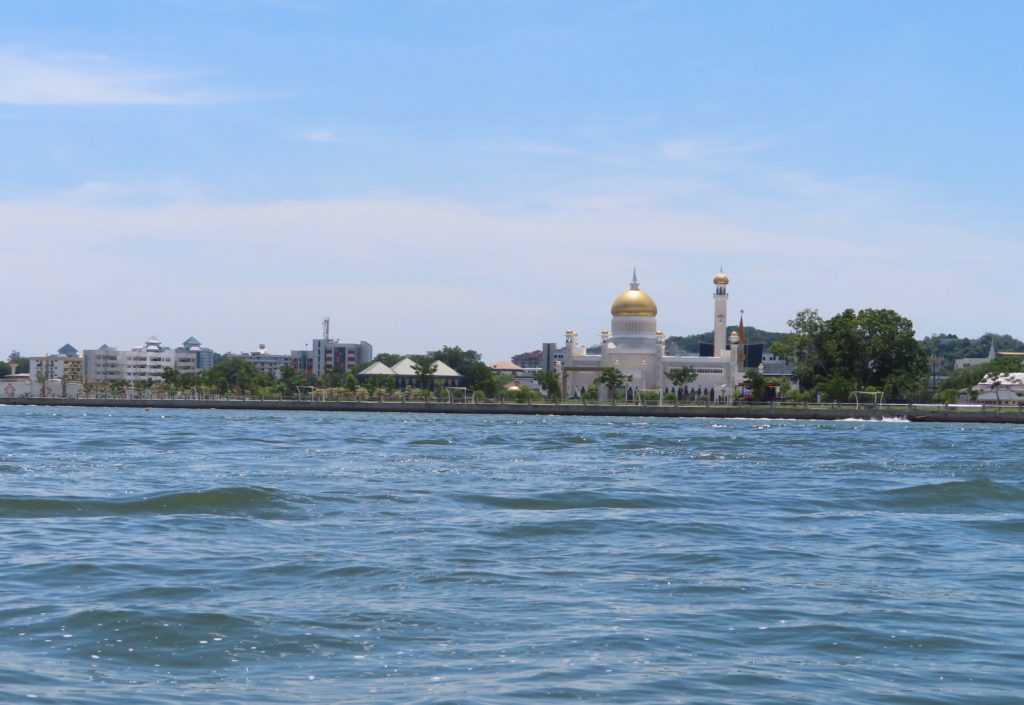
Cambodia
Travelers from all over the globe often come to Cambodia to see one of the most ancient Seven Wonders of the World, Angkor Wat. This UNESCO World Heritage Site is a must-visit destination and opens up a window of opportunity to learn more about Khmer performing arts culture and other historic temples that define the nation.
Performing Arts
Khmer Classical Dance
Throughout Cambodian history, the premier performing art has always been Robam Preah Reach Trop, also known as Khmer Classical Dance. Known for its elaborate gold silk costumes, magnificent headdresses, and serpentine movements, the Aspara dance is one of the most popular forms of Khmer Classical Dance and is depicted in wall reliefs at Angkor Wat. It is said that the Khmer King of the Angkorian period had over 3,000 Apsara dancers in his royal court!
Since the 1980s, there has been an enormous revival effort to preserve the traditions of Apsara and other Khmer Classical Dances. As a sophisticated, highly stylized dance that originated from the royal courts, this renowned performance art can now be enjoyed by the general public by the Royal Ballet of Cambodia, the Khmer Arts Academy or in theaters such as the Angkor Village Resort Apsara Theatre.

The Shadow Theater
The ancient art of shadow puppetry has its roots stretching back to pre-Angkorian times, in the 7th century. These shadow theater performances are far different from the playful kids’ shadow puppets that may come to mind. These performances involve elaborate, hand-carved leather puppets made through a meticulous process that can take up to 20 days! The most popular forms of shadow puppetry that are performed are Sbek Thom and Sbek Thoch. Both take place outdoors behind a white cloth illuminated by burning coconut husks. Despite almost being wiped out during the Khmer Rouge, this art form has undergone a resurgence in recent decades and can be viewed at the Sovannaphum Theatre in Phnom Penh and through the Cambodian Living Arts.
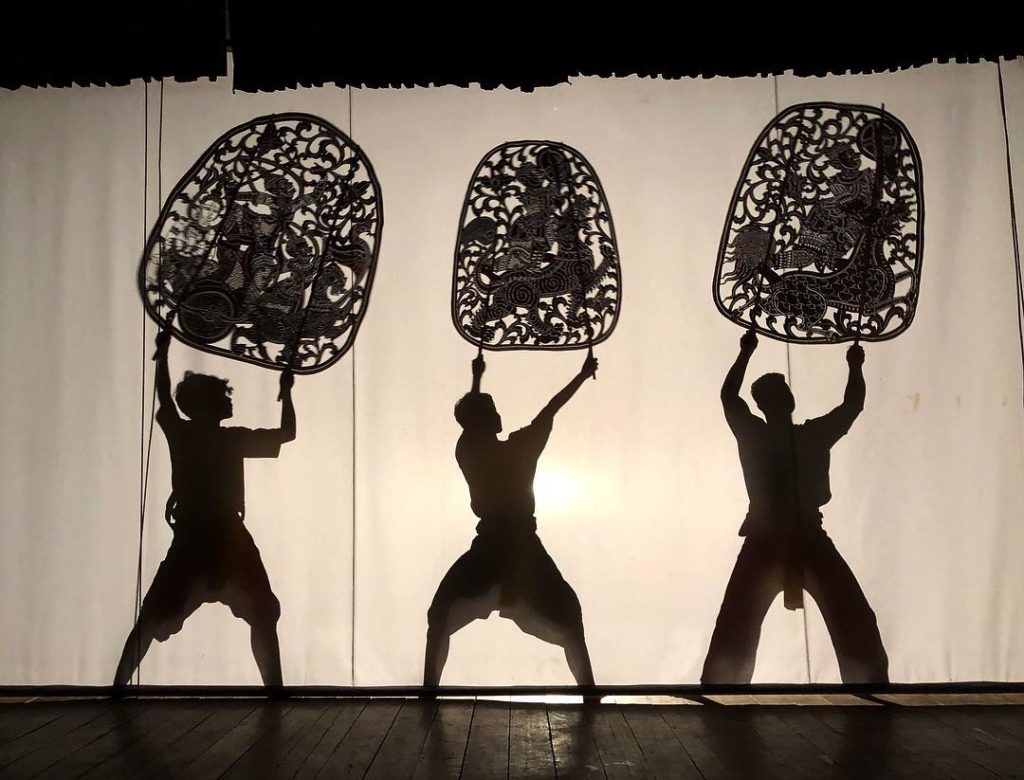
Historic Oudong
Situated at the base of the Phnom Outdon hill, the quaint town of Oudong was once Cambodia’s capital for more than 250 years. For centuries, its hilltop has been crowned by a multitude of towering Buddhist stupas. In the late 1800s, King Ang Duong erected hundreds of these religious pagodas; however, many were unfortunately destroyed during the Cambodian Civil War. Today, a handful of stunning structures remain alongside newly built temples.
Royal Tombs of Oudong
This glorious white stupa serves as the Royal Tombs of Oudong. It houses nearly 200 years’ worth of remains of Cambodian Rulers, symbolizing the town’s powerful and wealthy history. One of the many royal stupas, the Damrei Sam Pah, contains the ashes of King Soriyopor. As the most recently-built stupa, in 2002 there was a grand procession with thousands of people to relocate the King’s remains from Phnom Penh to Oudong. Explore the other tombs to learn more about royal history from Oudong’s past.

Are you excited to hop on a plane and explore these two vibrant ASEAN countries!? Whether it be a trip to discover gem-encrusted royal history or a journey celebrating the resurrection of Khmer performance arts, we’re confident that your vacation to Brunei and Cambodia will be one you’ll never forget.




